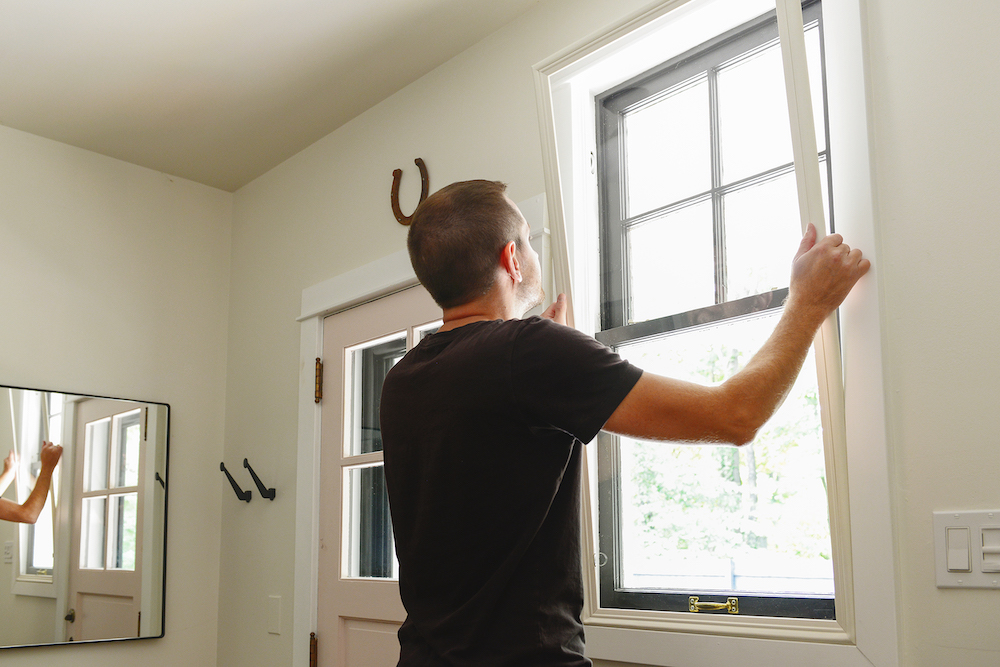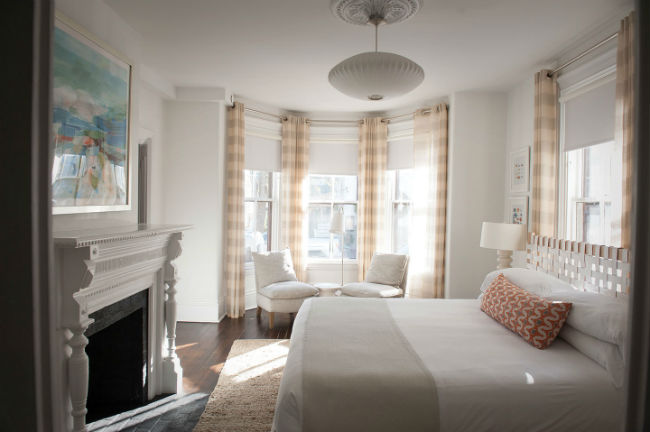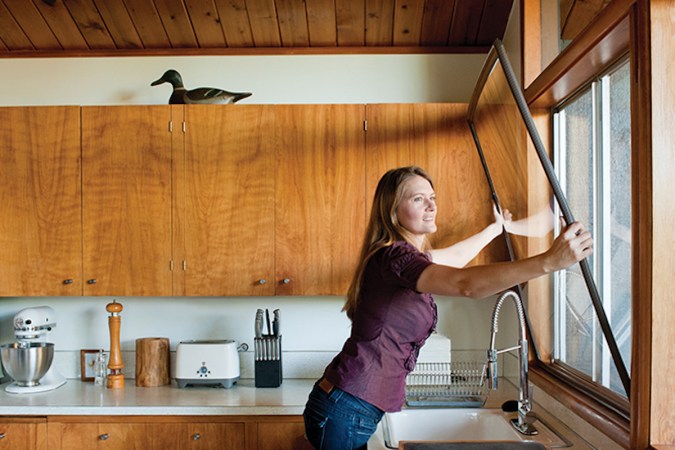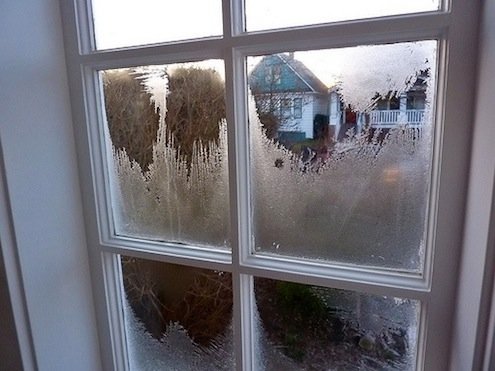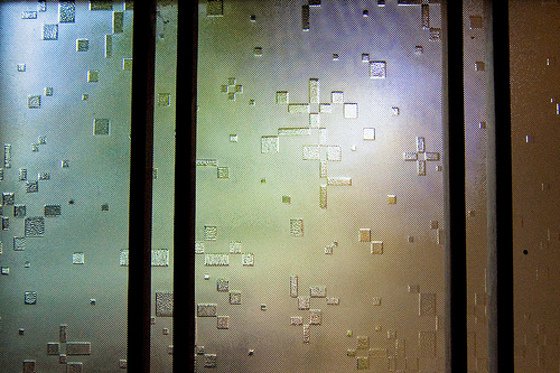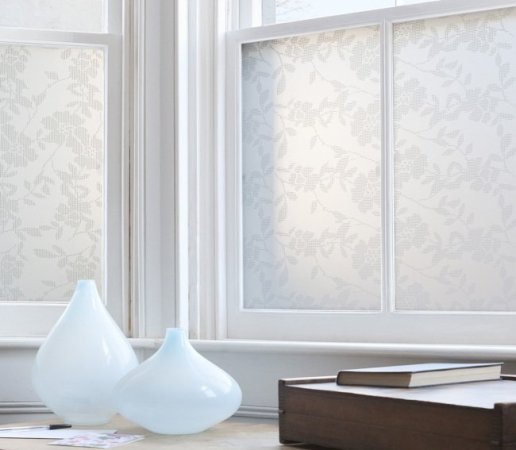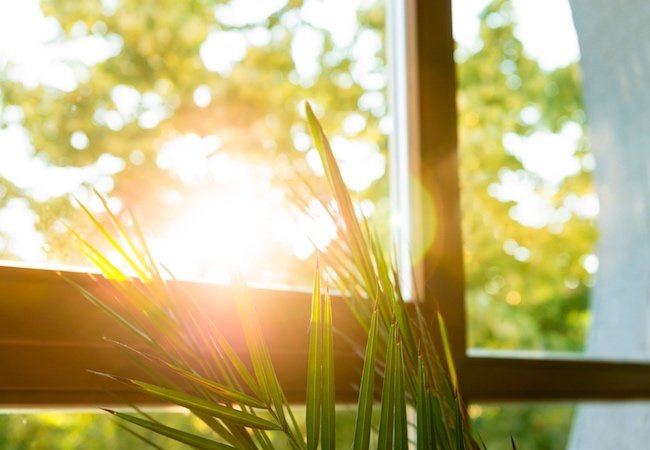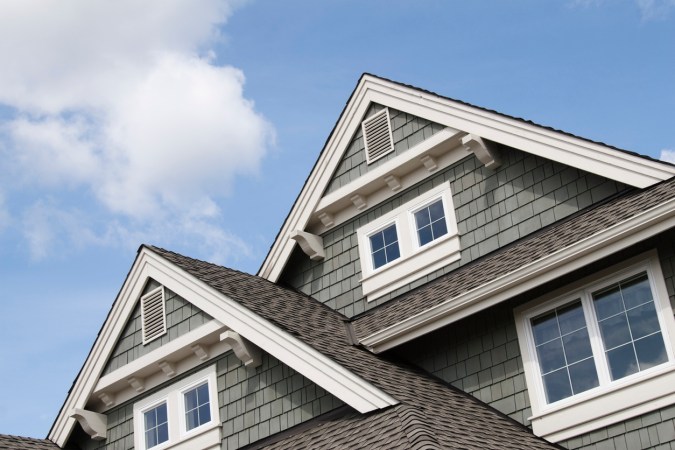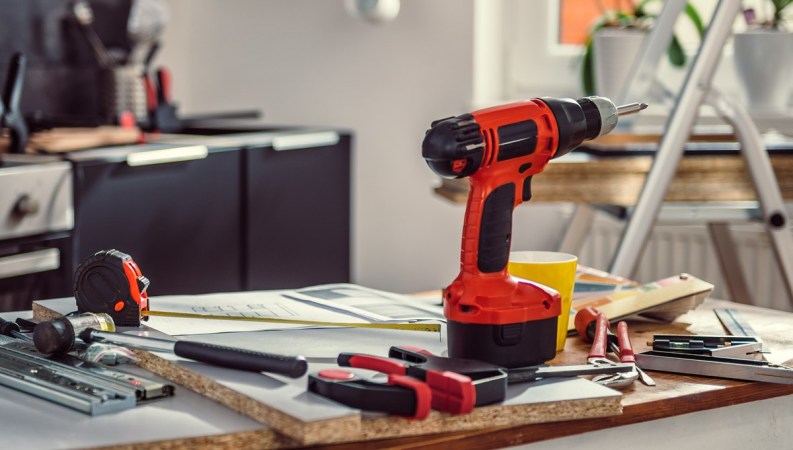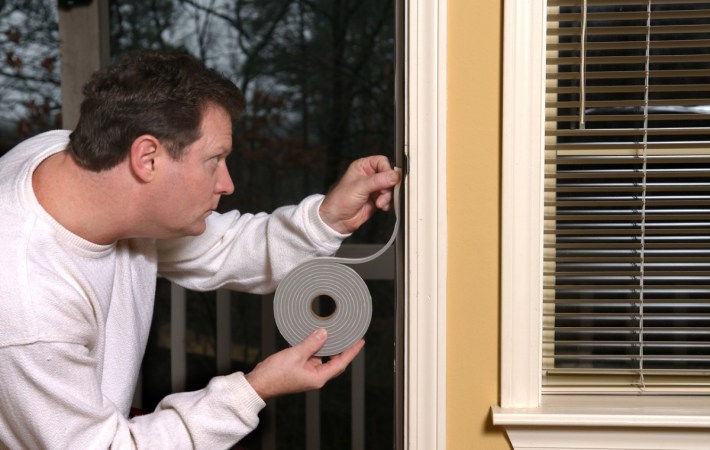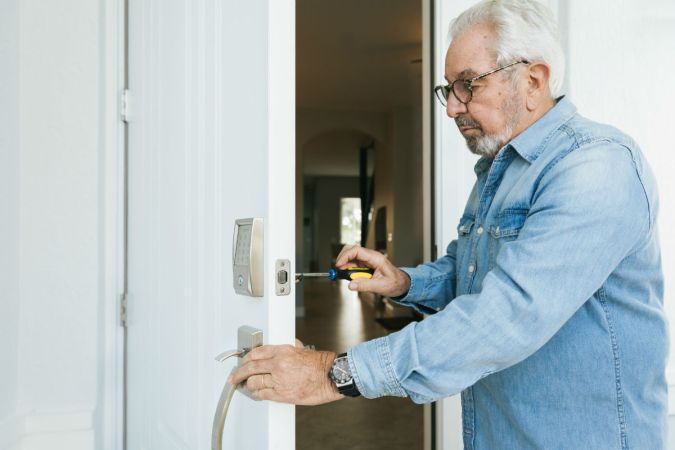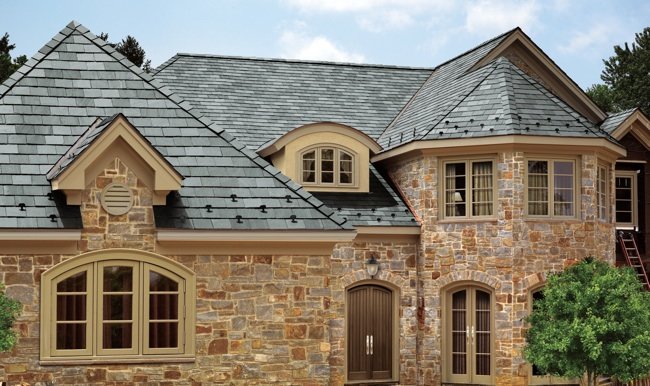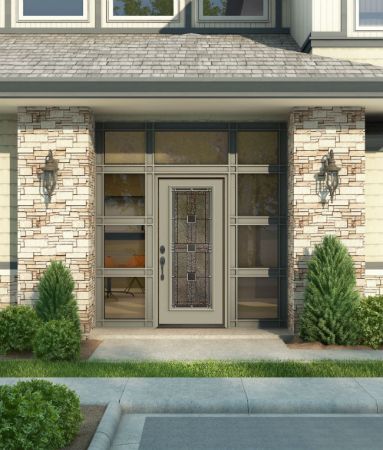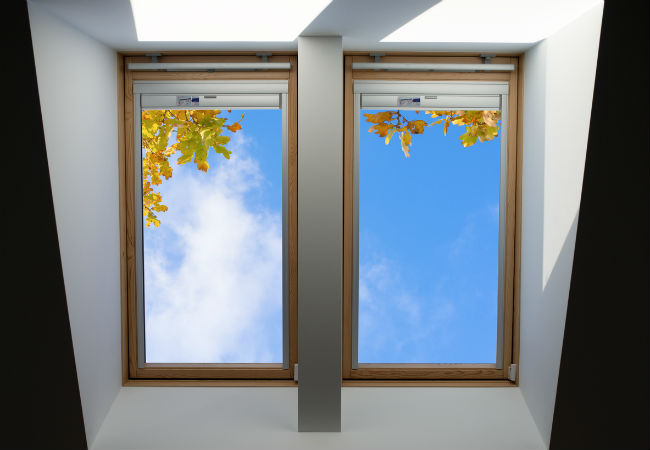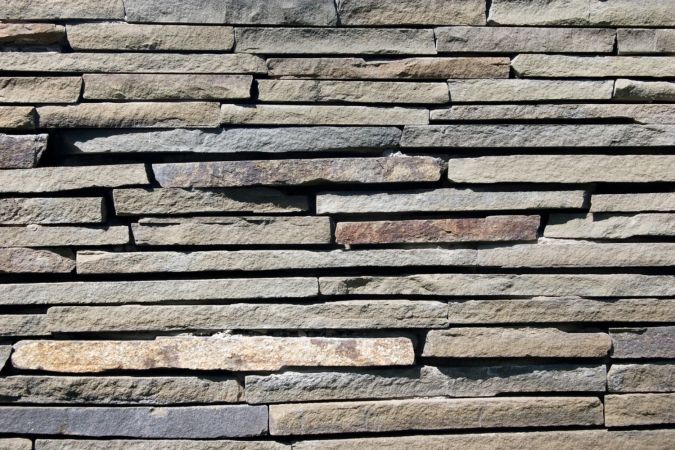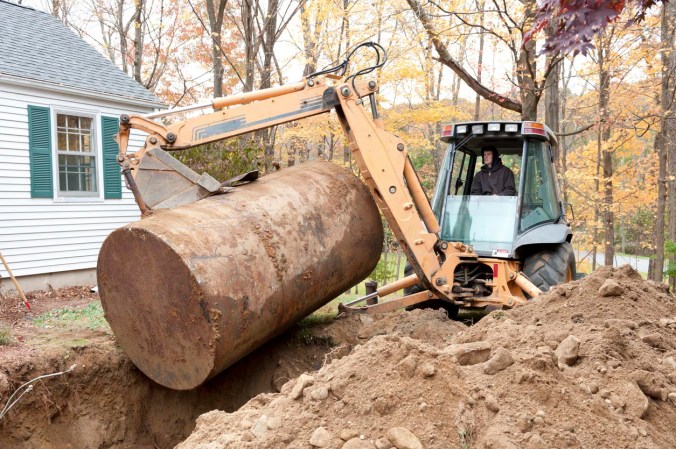We may earn revenue from the products available on this page and participate in affiliate programs. Learn More ›
Those seeking ways to improve energy efficiency and reduce heating and cooling costs have an increasingly popular alternative to costly replacement windows—interior storm windows. This type of window costs less than replacement windows and exterior storm windows, offering a relatively affordable way to weatherproof and soundproof the home.
Sam Pardue, founder and CEO of Portland-based Indow Windows, developed the first interior storm windows as an alternative to conventional double-hung replacement windows in 2010. “I wanted to find a better window insulation solution for my own home,” he explains.
However, Indow Windows isn’t the only game in town anymore. Companies from Nevada-based EnergySavr to Mon-ray, Inc. in Minnesota now manufacture their own interior storm windows.
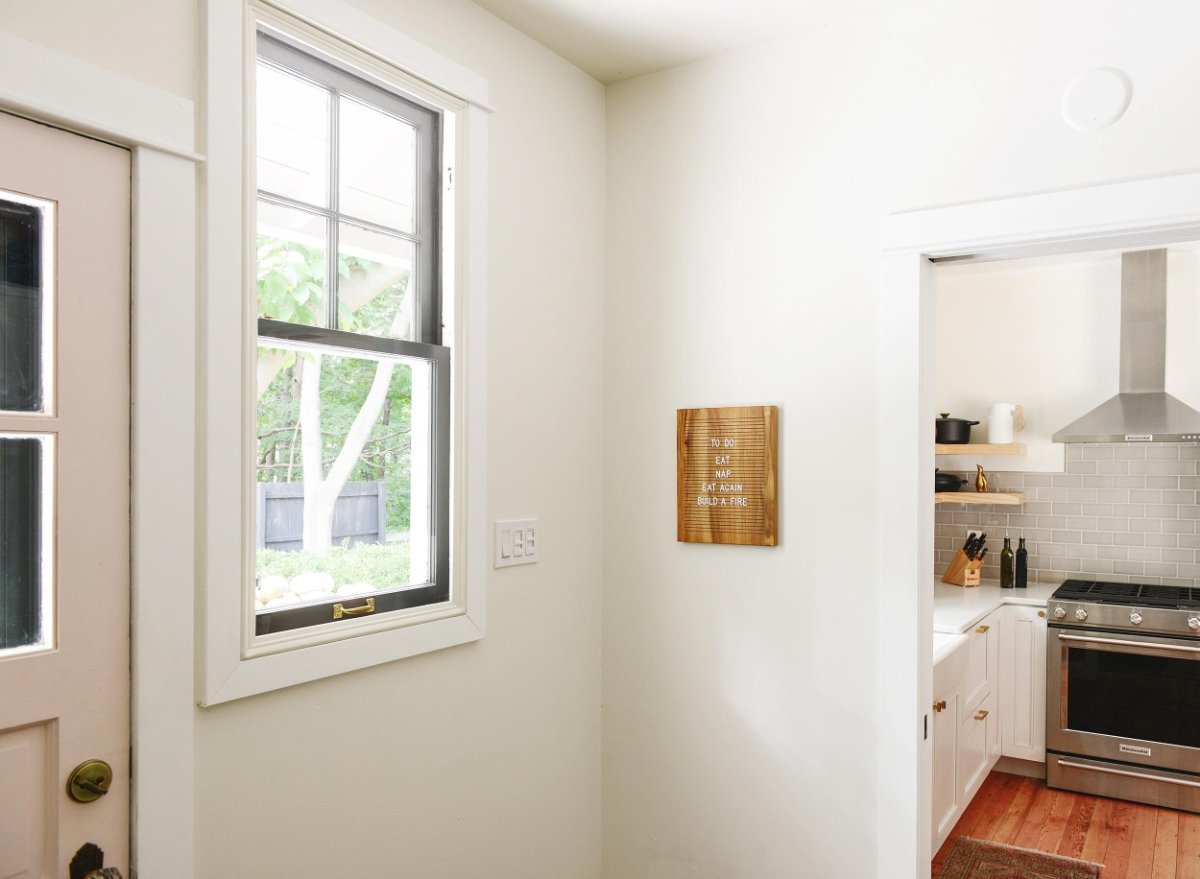
What Are Interior Storm Windows?
Storm window inserts, yet another name for interior storm windows, vary in design. Some are constructed from sheets of light, strong acrylic or Plexiglas, edged with compression tubing. Other designs feature glass with low-emissivity (low-e) coatings. (Low-e coatings improve energy efficiency.)
The storm window insert then presses into place inside the window frame, sealing the window against drafts. Some designs install without the use of nails, screws, or adhesives. Others may require the installation of a double or triple track to hold the insert in place. Double-track inserts have glass and a screen and triple-track have two panes of glass with a screen.
Used in combination with existing windows, interior storm window panels provide insulation and energy savings comparable to double- or triple-pane windows.
Interior Storm Windows vs. Exterior Storm Windows
Interior and exterior storm windows share a similarity—their energy savings. However, it’s their differences that make one a better investment than the other. Exterior models offer the benefit of actual storm protection for the windows. They’re built to withstand and protect against wind, rain, and snow. That’s something the interior inserts simply cannot offer.
Yet, interior windows are easier to install, remove more readily (for cleaning or seasonal removal), and provide a better seal for greater energy efficiency. Exterior storm windows are permanent and not easily removed, whereas even “permanent” interior storm windows can be removed relatively easily. For many people, inside storm windows are a cost-effective and versatile option.
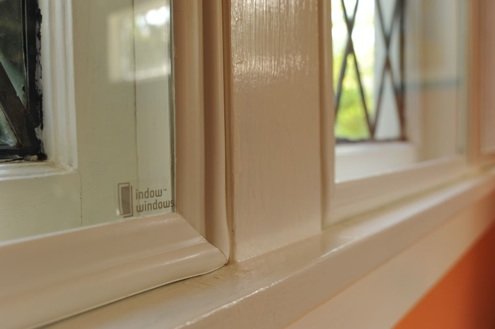
Storm Window Inserts Are a Money-Saving Win-Win
Window inserts reduce energy loss while preserving the look of a home’s exterior. Typical double-hung window replacements cost between $450 and $585 per window. Window inserts can cost less than $100 per window. However, the price depends on the window dimensions, insert design, and insert material.
Window inserts also reduce exterior noise by up to 50 percent, according to Indow Windows. Many users of various interior storm window brands report better sound insulation immediately upon installation.
Some window inserts can even be used in historic homes to improve temperature and sound control and still fall within historic home guidelines to maintain the home’s historic status.
While interior inserts don’t change the exterior appearance, some makes and models may alter the interior look. The home’s architecture, window, style, and other elements may also make it easier or more difficult to find an insert that seamlessly blends with the home’s design.
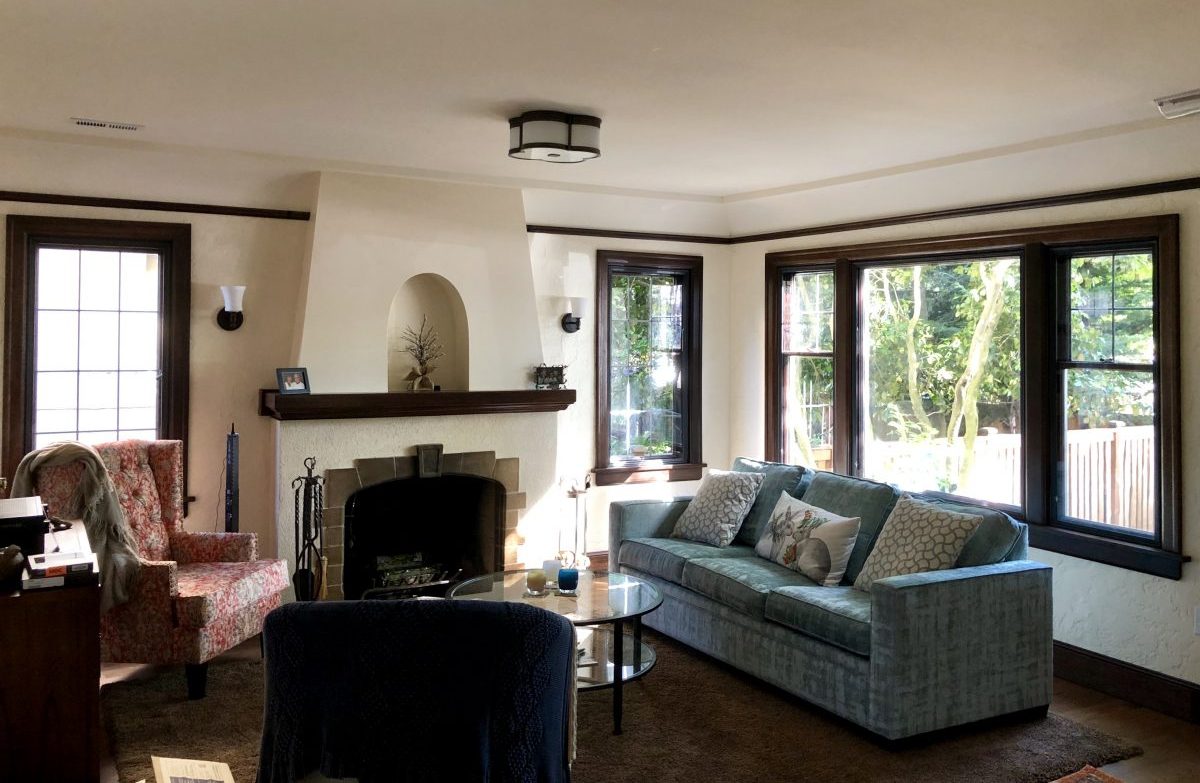
Interior Storm Window Pros and Cons
Before investing in interior storm windows, take a look at the benefits and drawbacks of this type of energy-saving solution. For some, the pros will far outweigh the cons. For others, another solution may be more effective in the long run.
Pros
Discreet
Window inserts are virtually undetectable from the outside of a house. Most inserts are made in a choice of edge colors to blend with interior trim. Black, brown, and white are the most common choices, but some manufacturers offer a wider selection for a more seamless interior appearance.
Widely Available
Indow Windows has now been joined by many reputable companies. Whether you live in warm states or cold, there’s a good chance there’s a dealer nearby.
Window inserts are popular in older or historic homes that may have atypical window sizes because many manufacturers offer custom sizing to meet the needs of unusual window shapes.
Some, companies, like EnergySavr, let customers order online. Their system allows consumers to input dimensions, panel numbers, panel design, and edge color, and provides them with an estimate without getting on the phone or going to a store. Most other manufacturers provide an estimate after a phone call and consultation to discuss the window sizes and scope of the project.
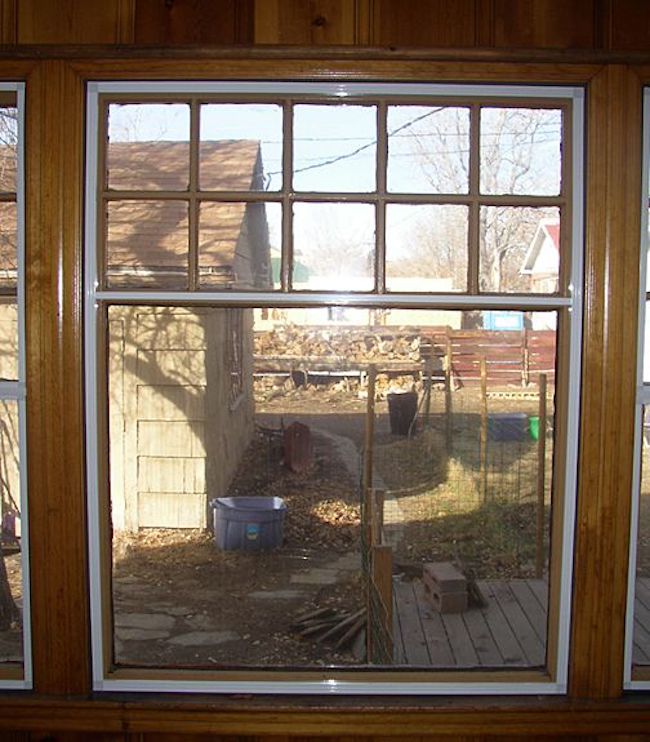
Backed by Scientific and Construction Experts
As the first to develop interior storm windows, Indow Windows is featured in many of the early studies. That includes an independent study conducted by Portland State University that concluded that Indow Windows all but double the R-value of a single-pane window. Indow was a finalist for Best New Product in the 2012 Edison Awards and was a 2012 national Sustainability Award Winner in CleanTech Open.
More companies have since entered the market, each with its own designs and options. A 2013 study conducted by the U.S. Department of Energy (DOE) found that interior window inserts could reduce HVAC energy bills by 22%. The DOE conducted another study in 2015, finding that low-e interior storm windows provided 7.8% energy savings, with the potential to offer more in homes with drafty windows.
A market report by the Northwest Energy Efficiency Alliance explored the potential for the use of interior storm windows in a commercial capacity. The report concluded that window inserts could be used in the right circumstances in historic buildings as a retrofit without changing the exterior appearance of the building. While more research is needed when it comes to commercial uses, the at-home use of window inserts continues to support their energy efficiency, temperature regulation, and sound barrier abilities.
Easy Installation and Removal
Compared to exterior storm windows or a complete window replacement, interior storm windows are easier to install and remove, if necessary. There are a few exceptions to this rule, but overall, they’re a removable energy-efficient solution.
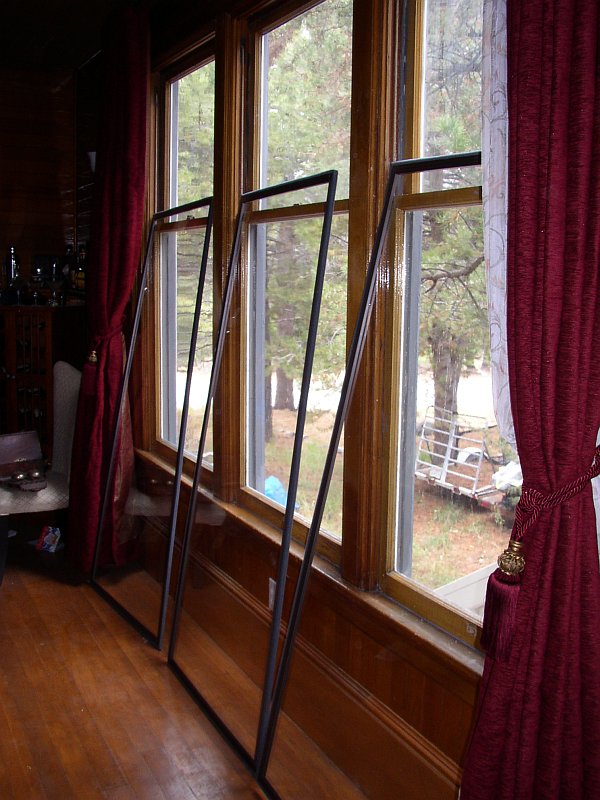
Cons
Change Interior Appearance
Some interior storm windows alter the appearance of the window from the inside, while others are nearly indetectable. The window design and design of the window insert ultimately determine how well the insert blends with the existing window.
Discoloration or Degrading
Some acrylic and Plexiglas inserts may discolor or degrade over time, changing the home’s appearance on the interior and exterior. Panels with a glaze, depending on the type, may be more likely to discolor. However, it depends on the manufacturer and the insert’s material quality.
Window Operability
Some interior storm windows function like a normal window, allowing you to open and close the window as needed. Others are a single or double panel that, once installed, makes the window inoperable.
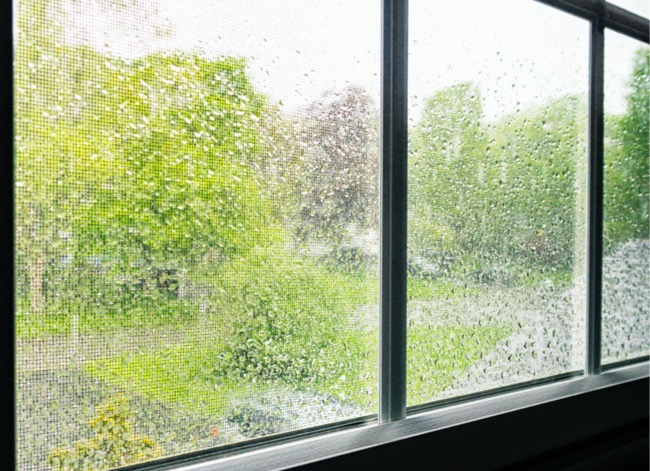
FAQs About Installing Interior Storm Windows
Q. How do you install a storm window insert?
Installation varies from manufacturer to manufacturer due to differences in design. Some models press into place, creating an airtight seal between the insert and the existing window. Others fit into a track that needs to be installed before the insert can be placed in the window. Some window inserts are DIY-friendly, while others may require professional installation.
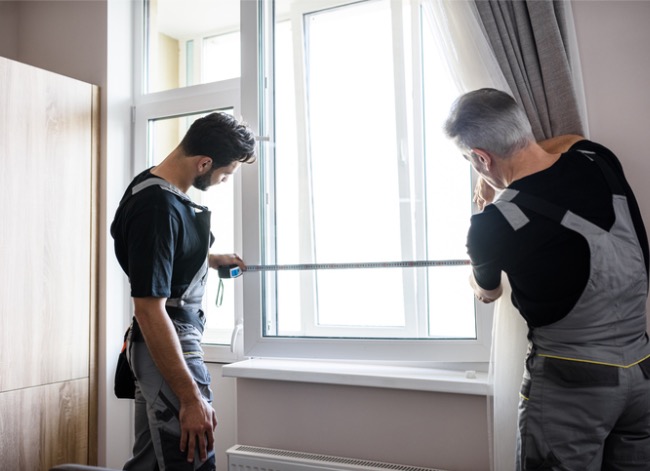
Q. Should interior storm windows be closed in summer?
Storm windows can save energy in the summer by preventing heat from entering the house. Low-e windows work well by reflecting heat away from the house, helping to maintain a steadier interior temperature.
Q. Are storm window inserts replaced from the inside or outside?
Inside storm windows are replaced from the inside. They’re removed from the inside as well, making them easier to install and remove than their exterior counterparts.
Q. How long does it take to replace window inserts in a house?
Installation time depends on the size of the house and the number and size of the windows. Generally, interior storm window inserts are quicker to install than replacement or exterior storm windows in apartments and multi-story homes, where access to windows from the home’s windows may require a ladder.

